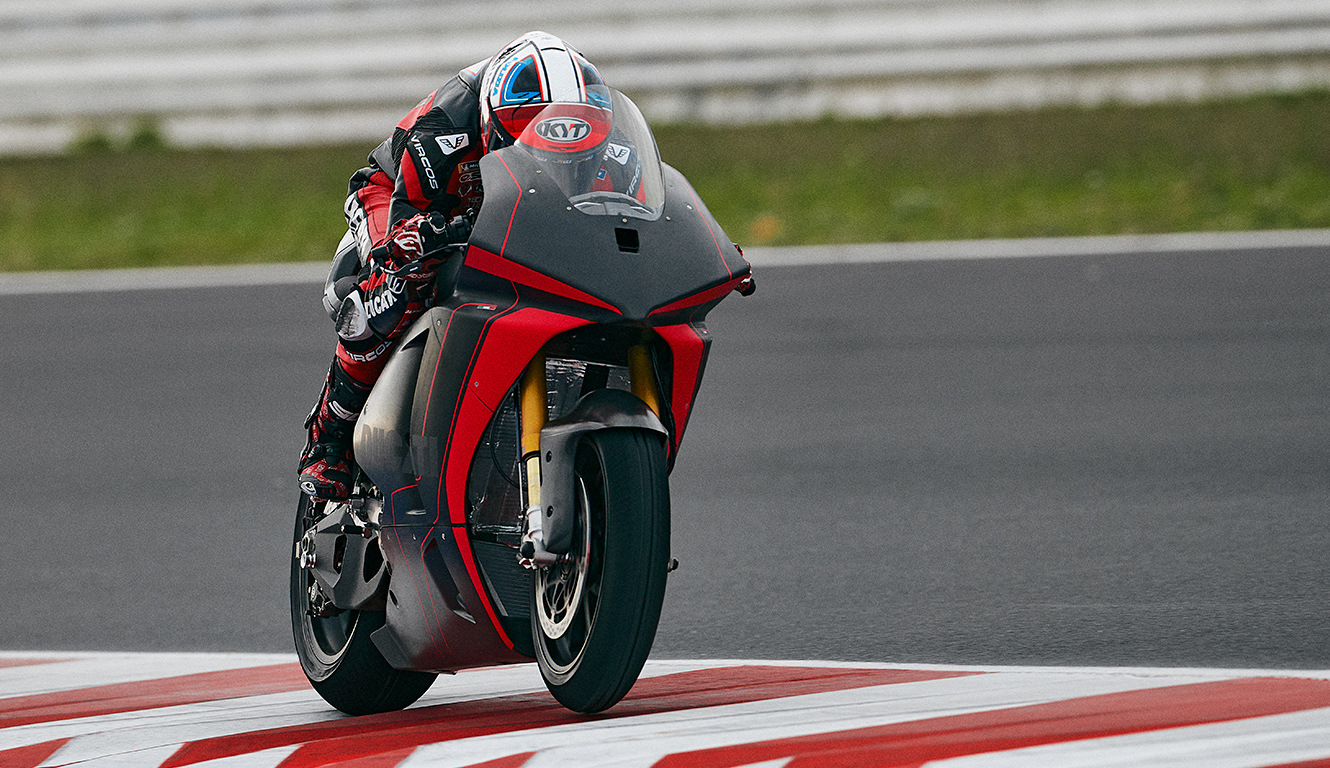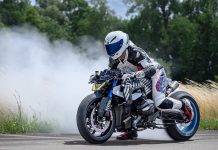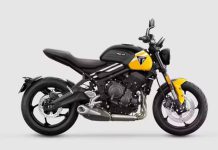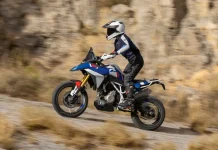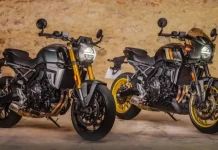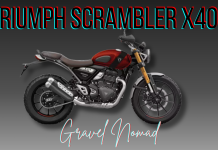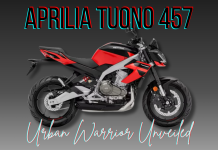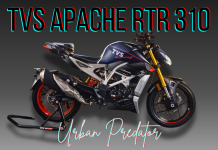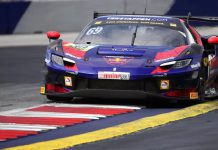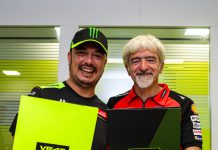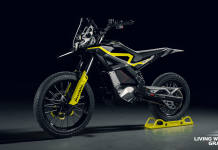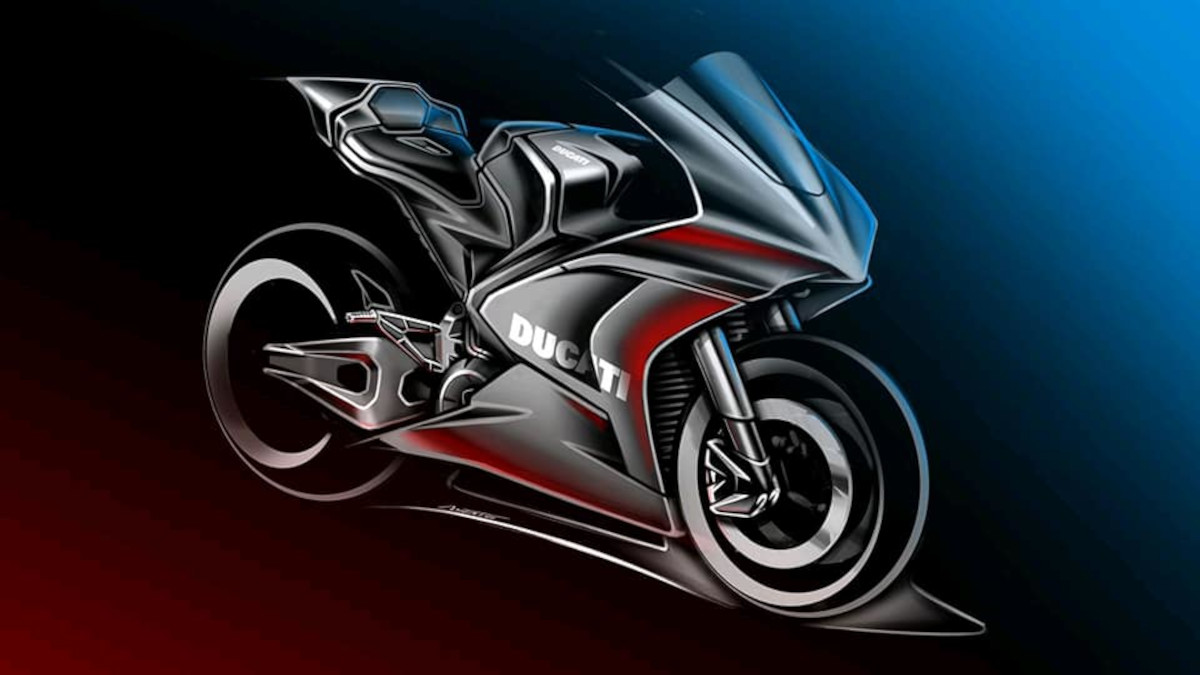As of the 2023 season, Ducati will be the sole official supplier of bikes competing in the FIM Enel MotoE™ World Cup, the electric class of the MotoGP™ World Championship.
An exciting technological challenge to write a new chapter in Ducati’s excellent racing history and redefine the future of electric mobility on two wheels.
The team
From 2023, Ducati will be the sole official supplier in a world championship for the first time in its history. It will do so with a brand new bike: the first racing Ducati equipped with a fully electric powertrain.
An electric motorbike sets different technological and engineering challenges than a conventional one. But over the past few months, Ducati engineers and designers have worked together to find the best solutions.
For Ducati, the racing world has always been the laboratory to develop new skills and produce technological innovation. A unique electric motorbike is coming to light, integrating never seen before technical solutions for the battery pack, motor and inverter.

Code-name: V21L
The first electric Ducati is a unique bike, utterly different from the zero-emission competition bikes. Developed in total synergy by Ducati and Ducati Corse engineers, it incorporates never-before technical solutions for the battery pack, motor and inverter.
The initials “V21L” in Borgo Panigale identify Ducati’s first electric motorcycle, a prototype that, starting from 2023, will compete in the FIM MotoE™ World Cup, of which the Bologna-based motorcycle manufacturer will be a partner as a sole supplier with 18 bikes on the track during each race weekend.
Corse
To build the MotoE prototype, the Borgo Panigale motorbike manufacturer assembled a team combining designers from Ducati and Ducati Corse, creating a genuinely extraordinary mix of skills.
The realization of the bike followed the procedure usually adopted on production motorbikes, triggering a close collaboration between team members that led to new ways of thinking and designing, stimulated by such a technologically challenging project.

R&D
Ducati R&D took care of all the Project Management activities and the design and simulations of the electric powertrain. At the same time, the creation of the MotoE was taken care of by the Centro Stile Ducati, which also created the bike’s livery.
Ducati Corse worked on the design of the electronic part, on the software controls and strategies, on the simulations of the dynamics and aerodynamics of the motorcycle and finally on the bike assembly, testing and data acquisition processes.
The test team led by Marco Palmerini worked on the track applying the same methodologies used in MotoGP, thanks to the support of the riders Michele Pirro, Alex De Angelis and Chaz Davies.
Features
The battery pack weighs 110 kg and offers a capacity of 18 kWh with a 20-kW charging socket integrated into the tail. Inside there are 1,152 cylindrical cells of the “21700” type.
Motor
- Power: 110 kW / 150 cv.
- Torque: 140 Nm.
- Maximum rotation speed: 18.000 rpm
- Weight: 21 kg.
Inverter
- Efficiency: up to 99%.
- Weight: 5 kg.

The prototype components are cooled by an exceptionally sophisticated and efficient liquid system with a double circuit designed to meet the different thermal needs of the battery pack and the motor/inverter unit. T
The prototype has an Aluminium monocoque Front Frame for the front area weighing 3.7 kg.
Suspensions are
- Front: Öhlins NPX 25/30 pressurized fork with 43 mm diameter upside-down tubes
- Rear: Öhlins TTX36 shock absorber
- The steering damper is an adjustable Öhlins unit.
Braking
Brembo: at the front, it consists of a steel double disc with a diameter of 338.5 mm of increased thickness currently being selected between 6.8 and 7.4 mm.
Which has fins on the inner diameter to increase the heat exchange surface and improve disc cooling under extreme track use.
Two GP4RR M4 32/36 callipers with a PR19/18 radial master cylinder operate on this double-disc.
At the rear, the P34 calliper works a 220 mm diameter, 5 mm thick single disc unit with a PS13 master cylinder.

Electronic controls
The Electronic controls developed by Ducati Corse, such as Ducati Traction Control, Ducati Slide Control, Ducati Wheelie Control and throttle/engine brake maps, are indistinguishable from that of the racing bikes that Ducati riders are used.
With a 1,471 mm wheelbase, the prototype weighs 225 kg. And its maximum recorded speed is 275 km/h at Mugello Circuit.
Ducati Boss
Let’s see what Ducati Boss Claudio Domenicali has to say.
“The world is going through a difficult period, and environmental sustainability is an element that all individuals and companies must consider a priority if we want to preserve the planet’s delicate balance.
As Ducati, we have grasped this need, and we went in search of a challenge that would allow us to contribute to the common goal of reducing CO₂ emissions and, at the same time to keep faith with our DNA linked to racing.
We agreed with determination to develop the most performing electric racing bike that current technology makes possible and to use this project as a laboratory in which to build our future. The result we have achieved is surprising.”
via Ducati






